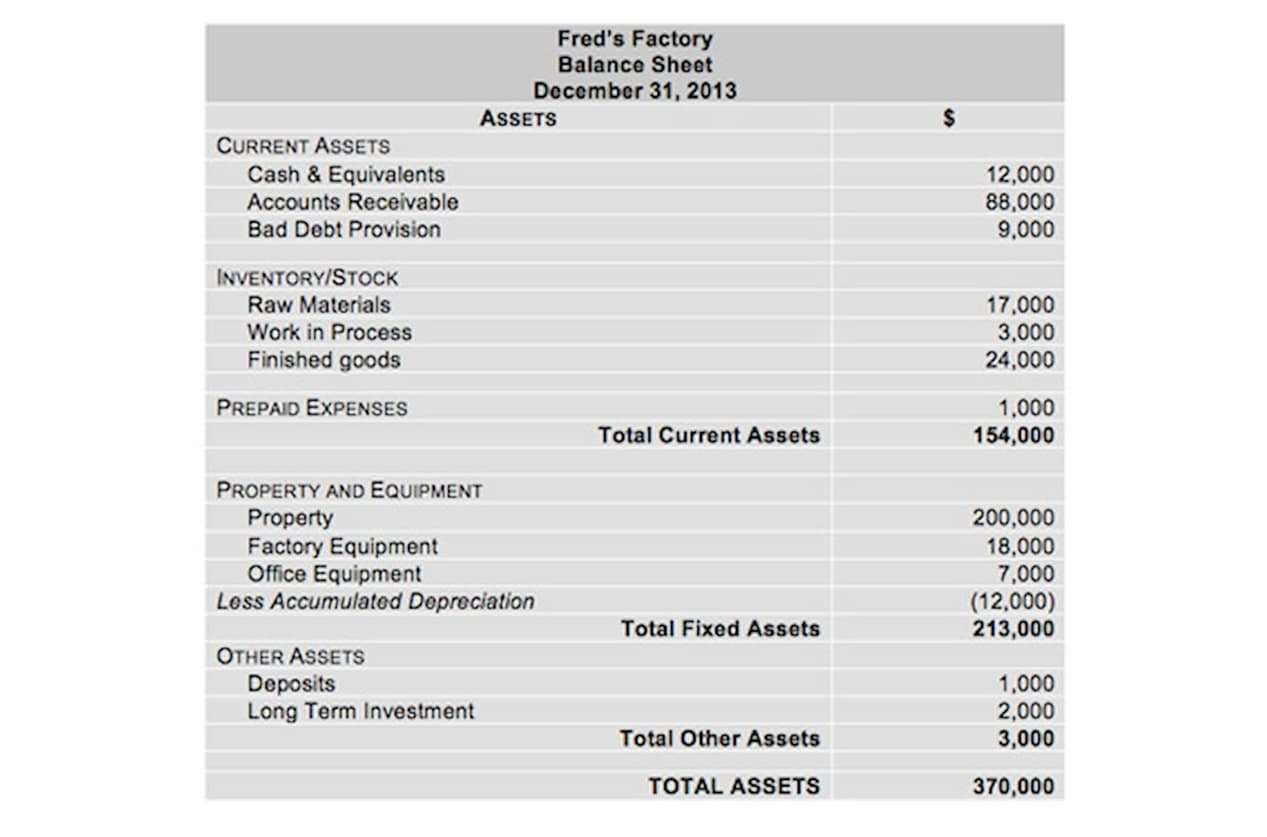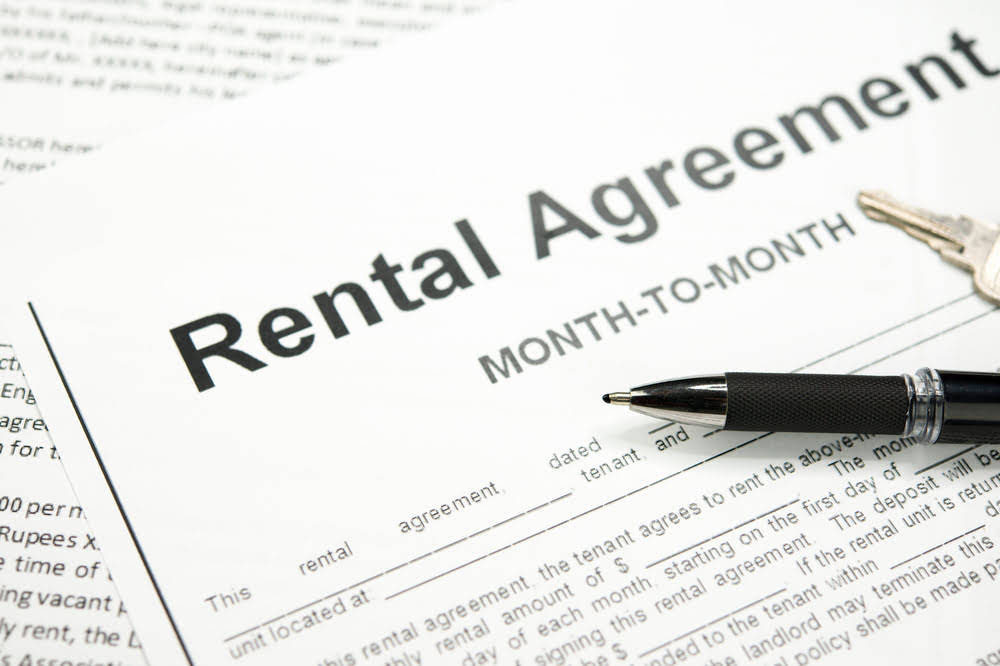
A profit margin of 20% indicates a company is profitable, while a margin of 10% is said to be average. It may indicate a problem if a company has a profit margin of 5% or under. Some retailers use margins because profits are easily calculated from the total of sales. If markup is 30%, the percentage of daily sales that are profit will not be the same percentage.
Create a Free Account and Ask Any Financial Question

Does your business regularly buy and use the same supplies over and over? These could be for daily operations, to make goods, or even to ship products to customers. Whatever your regular supplies are, don’t just buy them when you need them.
How to Calculate Gross Margin
That’s because the company is spending nearly as much money as it’s receiving from gross sales. Gross profit margin is a metric that can be used to measure business performance and efficiency. New companies should expect their gross profits to be several percentage points lower than established companies in the same industry. The more important metric is how your company’s gross profit margin changes. You should aim for steady growth in your gross profit margin as your business gradually expands and you establish your customer base.
- GM had a low margin and wasn’t making much money one each car they were producing, but GM was profitable.
- The first step is determining your total revenue or net sales, which entails adding up all the income generated from selling goods or services during a specific period.
- To compensate for its lower gross margin, Company XYZ decides to double its product price to boost revenue.
- Companies and investors can determine whether the operating costs and overhead are in check and whether enough profit is generated from sales.
Great! The Financial Professional Will Get Back To You Soon.
The gross profit percentage could be negative, and the net income could be coming from other one-time operations. The company could be losing money on every product they produce, but staying a float because of a one-time insurance gross margin accounting payout. Margins are metrics that assess a company’s efficiency in converting sales to profits. Different types of margins, including operating margin and net profit margin, focus on separate stages and aspects of the business.

Gross profit margin is one of the key metrics that analysts and investors use to assess a company’s financial health and efficiency. Companies use gross profit margin to identify areas for cost-cutting and sales improvement. A high gross profit margin indicates efficient operations, while a low margin suggests areas needing improvement.

When this is added to the $19.248 million it spends on operating expenses, the expense total becomes $23.548 million. The above gross margin formula indicates that for every dollar in revenue, $0.49 is available for operational costs. By understanding the definition, example, formula, and gross margin calculation, you can compare your company’s financial performance to industry benchmarks. For businesses operating internationally, currency exchange rate volatility can be a significant challenge. If a company’s home currency strengthens considerably against other currencies, its products might become more expensive for foreign customers, potentially impacting sales and margins.
Compare It to Your Company’s History

How Can You Increase Your Gross Profit Margin?
